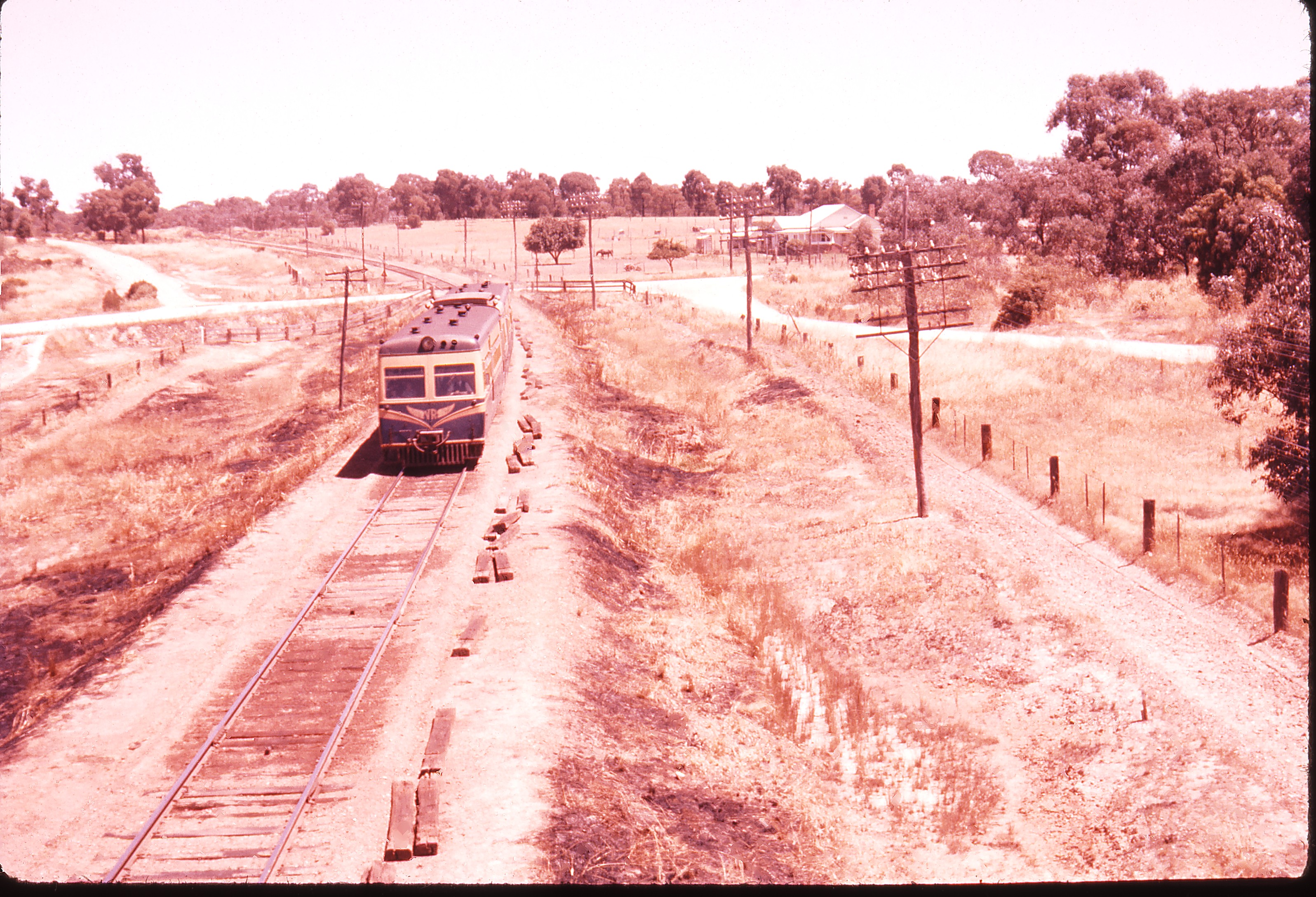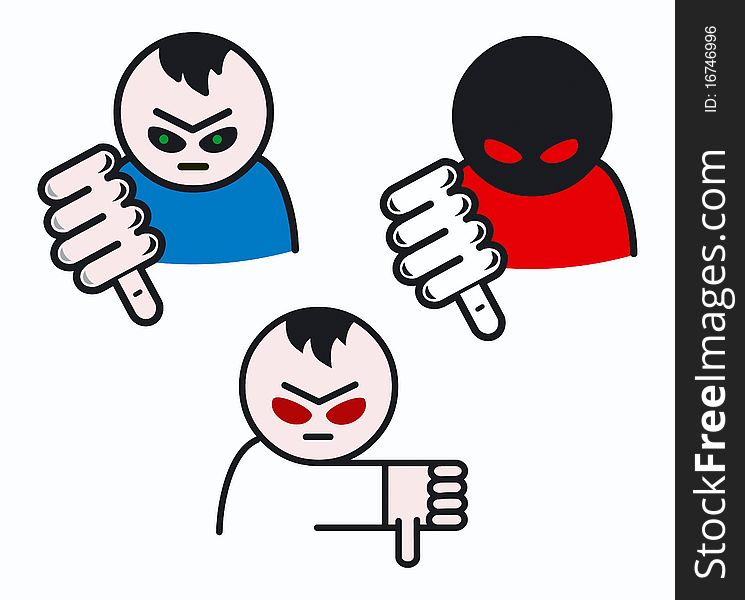
While the finishing on the doors, floors, decking, etc. Solid wood, such as that used in the flooring of the house builds upon the blocked signal of the plywood. But if the plywood on your house is wet, you have bigger issues to worry about(!) Additionally, the cell phone reception loss can be increased should the plywood get damp/wet with numbers as low as -20db. This number fluctuates a bit as there're different thicknesses of plywood, and different ways in which the plywood is compressed. Reduction is even higher at -9dB on 5G network.

Plywood which makes the majority of the structure and framework for many residential homes, reduces 3 and 4G networks up to -6db. Plywood, Solid wood, Trees around the house. In this manner, sheetrock and insulation has the potential to cut your cell phone reception before it even enters your home. Additionally, the interior walls made with denser materials can cut the reception down another -2db. However, foil facing used on insulation products like foam board or fiberglass batts can block radio frequency signals.

Foil-faced design of some insulation products helps keep out unwanted elements.

Closed rooms, meaning those which are not a part of an open floor plan, are more susceptible to cell phone signal disruption than sheet rocked rooms which are part of an open layout.Īlthough porous, fiberglass insulation in walls and attic can disrupt cell phone signals slightly, if it is thick enough. Keep in mind that 3G, 4G, 5G signals are generally the same as a radio signal and so you can see fluctuations in your signal of -2db. However, it can cause your signal to be blocked completely if it is already weak. Sheetrock is one of the lower blocking agents for a cell phone signal. But if you're looking to improve cellular reception by standing next to a window, open that window for most impact.
Signal down windows#
The most deflecting ones are the latest low emission (Low-E) windows that keep the elements out to keep you warm or cool inside depending upon the weather outside. There're triple pane windows in newer homes with reflect signals even more. This is especially true for windows which are double insulated. While the clear area is ideal for letting in light, they can bounce a signal around or reflect the signal away from the house. There's a misconception that clear glass fixtures, such as windows, are the best place to gain access to a signal. Nevertheless, you will get a rough idea from the fully researched list below roughly how much of the signals will get attenuated by which products/ materials. Therefore, we won't go into too many details to prevent getting sidetracked or distracted with all mobile and wifi frequencies and channels. Each range is divided into a multitude of channels. The 802.11 standard provides several distinct radio frequency ranges for use in Wi-FI communications: 900 MHz 2.4 GHz, 3.6 GHz, 4.9 GHz, 5 GHz, 5.9 GHz and 60 GHz bands. Please note that while we mostly mention mobile signal strength attenuation figures below, wifi signal strength is similarly attenuated. Either way, listed below are the top building materials that stop wifi and cell phone signals in its tracks. Or even help you reduce reception if you're concerned about radiation affecting your health. Knowing which materials can deflect your cell phone reception may help you to find solutions to increase or gain your signal using a cell phone signal booster or similar device. They are the number one cause of cell phone reception disruption. While Mother Nature does block cell signal from -5 to -25 dB where rain attenuates signal anywhere from -1dB to -5dB and foliage attenuates it anywhere from -1dB to -25dB, the odds are that it is your home building materials that blocks most of your signals. Obviously, there's something in the house which is stopping the reception, but what is it? Your phone works in some spots outside of your home, but inside your abode, there is little to no signal at all.

Have you ever wondered how much do various kinds of building materials block cell phone and Wi-Fi signals? Well, here's your chance to find out! If you have reception problem with your cell phone, you may find that you're a bit frustrated with trying to determine the cause of your weak signal.


 0 kommentar(er)
0 kommentar(er)
